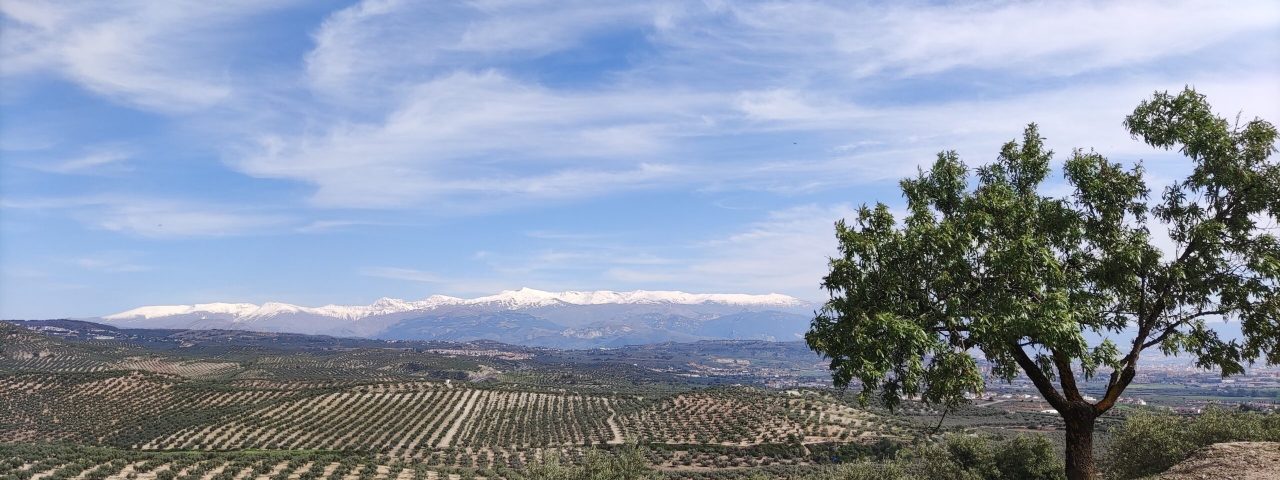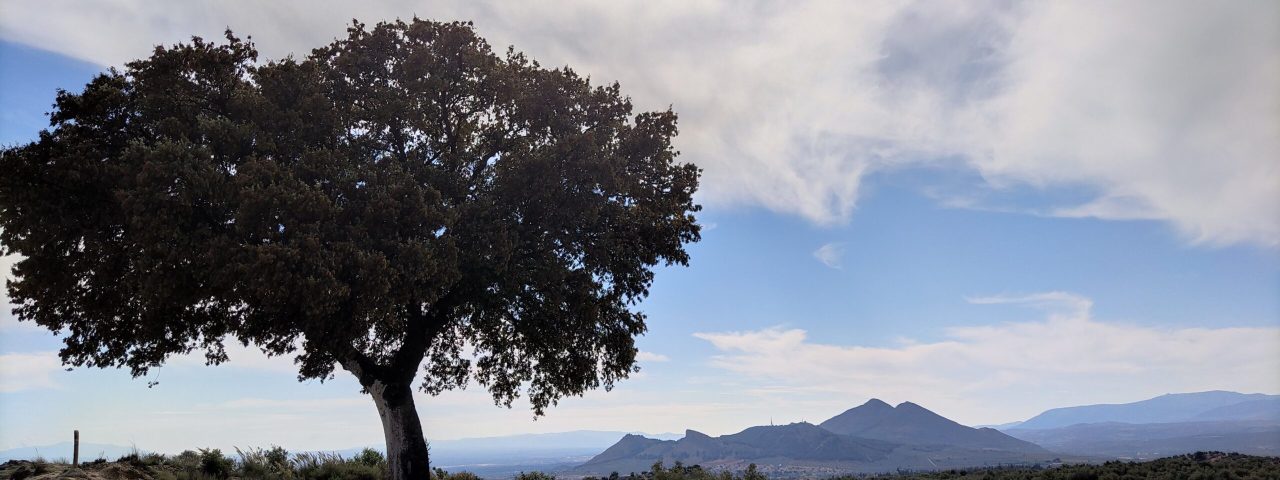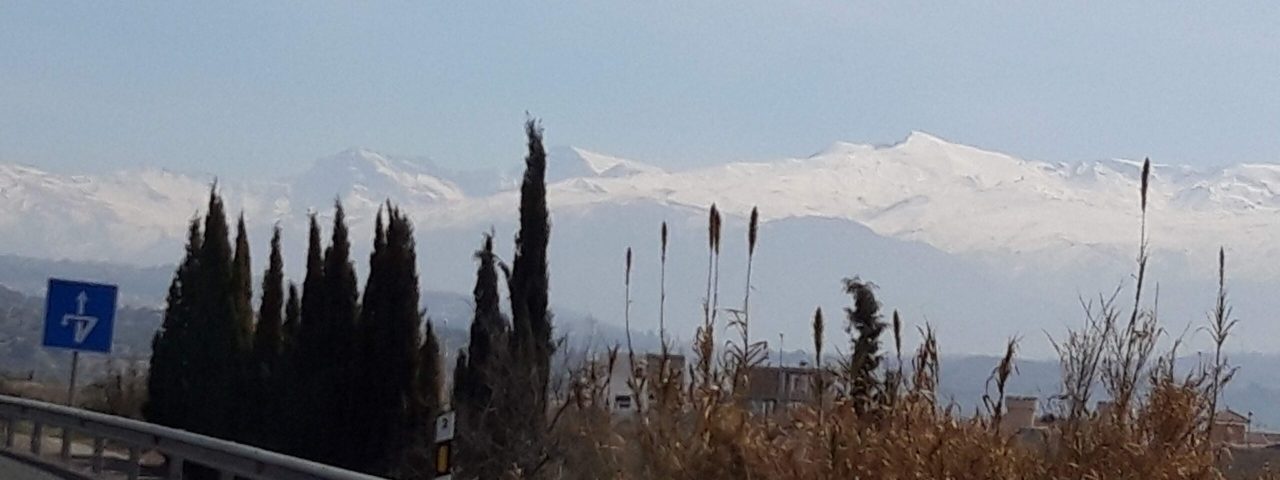Peligros has a rich historical background that dates back to the Roman and Moorish periods, contributing to its diverse cultural landscape. Its proximity to Granada means it has been influenced by the same historical forces that shaped this part of Spain, particularly the Moorish occupation, which has left a lasting impact on the town’s architecture and traditions. After the Christian reconquest of Granada in 1492, Peligros, like much of the region, was transformed, but many Moorish influences remain visible today.
The town is known for its deep-rooted traditions and vibrant cultural festivals. One of the most important events is the Fiesta de San Ildefonso, celebrated in late January, where locals gather for parades, fireworks, and traditional music. Other notable celebrations include Holy Week processions and the lively Feria de Peligros in September, where you can experience flamenco music, local gastronomy, and Andalusian horse shows.
Local customs such as flamenco dancing, traditional dress, and the importance of family gatherings are still very much alive in Peligros. Visitors are often struck by the town’s friendly and welcoming atmosphere, with locals eager to share their heritage with guests. Historical landmarks such as churches, Moorish ruins, and the remnants of medieval watchtowers also contribute to Peligros’ cultural allure.



